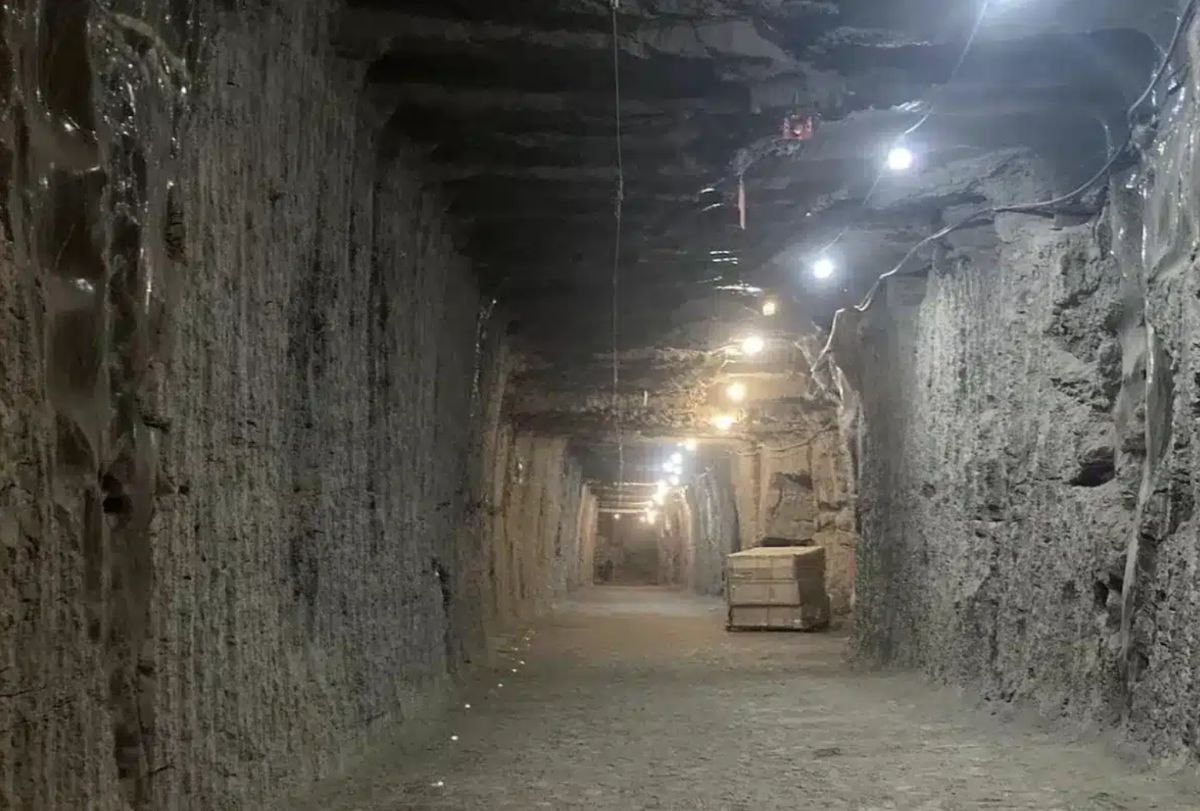The discovery is raising a serious warning about climate reactions that may have begun underground.
In the permafrost tunnel outside Fairbanks (Alaska, USA), scientists have revived microorganisms that were frozen from the end of the Pleistocen ice age, dating back 37,900-42,400 years.
At first, everything was almost stationary. But after 6 months, the peanuts suddenly grew strongly, forming layers of biological coating that could be seen with the naked eye and began emitting CO2 and methane - two extremely powerful greenhouse gases.
The study, published in the Journal of Geophysical Research on Earth, took place in the context of perennially frozen land - which covers nearly a quarter of the northern half of the world - rapidly dissolving due to human-caused climate change.
As this eternal layer of ice warms up, the huge amount of carbon that was once locked in the soil begins to be decomposed by microorganisms, threatening to release billions of tons of emissions.
Ancient life, current risks
The research team from the University of Colorado Boulder (USA) took samples from a depth of more than 20m in the ice layer. When the sample defrosted at 4-12 degrees Celsius, equivalent to the current summer in the Arctic, scientists recorded a slow recovery: Only about 1 in 100,000 cells are replaced each day.
But by the 6th month, everything was reversed. The groups of microorganisms that had previously almost disappeared suddenly became dominant, creating a layer of bio-mingle on the surface of experimental equipment.
This is clear evidence that ancient microorganisms can not only revive but also operate strongly within the threshold of heat appearing in nature.

According to NASA, permafrosted earth contains twice as much carbon as the CO2 gas currently in the Earth's atmosphere. When microorganisms wake up and break down ancient organic matter, carbon is released back into greenhouse gases.
Tristan Cara, the studys lead author, said that the explosion of microbial activity does not depend on sudden hot days, but on the length of the warm season: A hot day is not as important as the length of summer to fall and spring.
This means that with just a moderate but prolonged level of warming, a large-scale carbon feedback loop can be activated.
An alarming discovery is the delay between the time of ice melting and explosions. The weather has been almost unchanged for months, then in a few weeks, the growth rate of microorganisms has skyrocketed.
This delay poses a great risk to climate models, which could cause scientists to underestimate the speed and intensity of carbon response in the Arctic.
Professor Sebastian Kopf, co-author, said the link between the forever freezing soil and the climate is still one of the biggest unknowns.
Although the study was conducted only in one location in Alaska, its significance extends far beyond that range: Siberia, Canada, Greenland and many other perennial ice regions have yet to be discovered. And under those cold layers of soil, there may be ancient ecosystems preparing to wake up.











